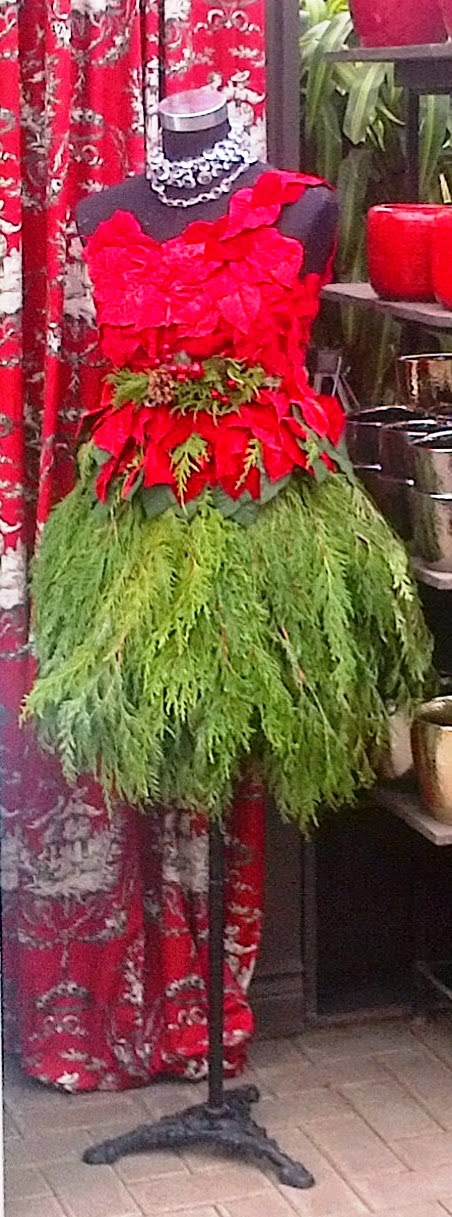7 Rules for Under Cabinet Lighting
http://renovationbootcamp.com/7-rules-under-cabinet-lighting/
http://renovationbootcamp.com/7-rules-under-cabinet-lighting/
Under cabinet lights keep the counters from being dark
No lighting under the cabinets makes the work surface gloomy
Did you know that poor lighting in a kitchen can cause you
to have headaches, neck and shoulder problems and eye strain?
Did you also know that poorly designed lighting in a kitchen
can ruin the whole effect of your costly remodel?
Lighting your kitchen well can make the difference between a
room that feels warm and inviting, where friends and family love to gather and
linger vs one that feels gloomy and drab or clinical and sterile and makes meal
preparation a chore and a depressing experience.
Here are 7 Rules for undercabinet lighting for your kitchen!
Undercabinet lighting illuminates the work surface
After the renovation, even undercabinet lighting
UNDER CABINET
LIGHTING
My pet peeve is when people refer to this as “undercounter”
lighting. It’s not mounted under the
counter, it’s mounted under the wall cabinets to LIGHT UP your COUNTER,
therefore it’s UNDER—–>>> CABINET lighting.
Because the tasks you perform often use sharp implements and
blades that can lop off a digit or two, lighting up your work area is critical,
but there are a few rules of thumb to keep in mind so you can keep your thumb
on your hand where it belongs:
1. The lights should
be mounted to the under side of the wall cabinet at the front NOT the
back. The idea is to light your work
surface, not the back wall. Since your
wall cabinets are half the depth of your base cabinets, mounting your lights at
the front of the cabinet will give you good lighting on the whole counter top, not
just at the back.
2. If you have
chosen a highly reflective counter top material like polished black granite, it
will look like a mirror when lit from above, bouncing terrible glare off the
counter top back into your eyes. So for
this kind of situation, use an under cabinet fixture with a lens that’s
frosted which will diffuse the lights so you don’t blind yourself and cut off a
digit!
3. Using individual
puck lights for under-cabinet lighting is not the best solution unless you
space them very close together so you don’t get “hot” spots under the light and
dark spots between the fixtures. This
causes your pupils to constantly be dilating and focusing and can cause
eyestrain and headaches.
4. LED strip
lighting will not be as bright as other types like halogen, xenon or
fluorescent, so you might want to use two strips side-by-side. This will double
your cost, but their life is so long, you’ll virtually never have to replace
them, unless you leave them on 24/7. Even then, they should last for a good 15
years or more.
5. Try to install
the light switch that controls your under cabinet lighting in the same place as
your general room lighting. You’ll get
aggravated very quickly if you have to run around your kitchen to hit the
switches to control various light sources.
6. Colour
temperature of your under cabinet lighting is going to affect how the colours
of your backsplash tile and counter top look. If the light is very cool (like a
fluorescent with a lot of blue in the spectrum), warm colors like reds and
oranges are going to look dead. On the
other hand, a cool light can make green or blue more vivid. Talk to someone who
knows lighting before throwing in any old under cabinet lighting if you’ve got
a backsplash or counter top you want to highlight.
7. Unless your
cabinets have a face-frame that creates a recessed cavity under your wall
cabinets, be sure your kitchen designer specifies a light valance. This is a
strip of cabinet-match material of about 2″ high that will hide the under
cabinet lights from view so you won’t be hit in the eyes with glare when you
sit at a kitchen table.
































